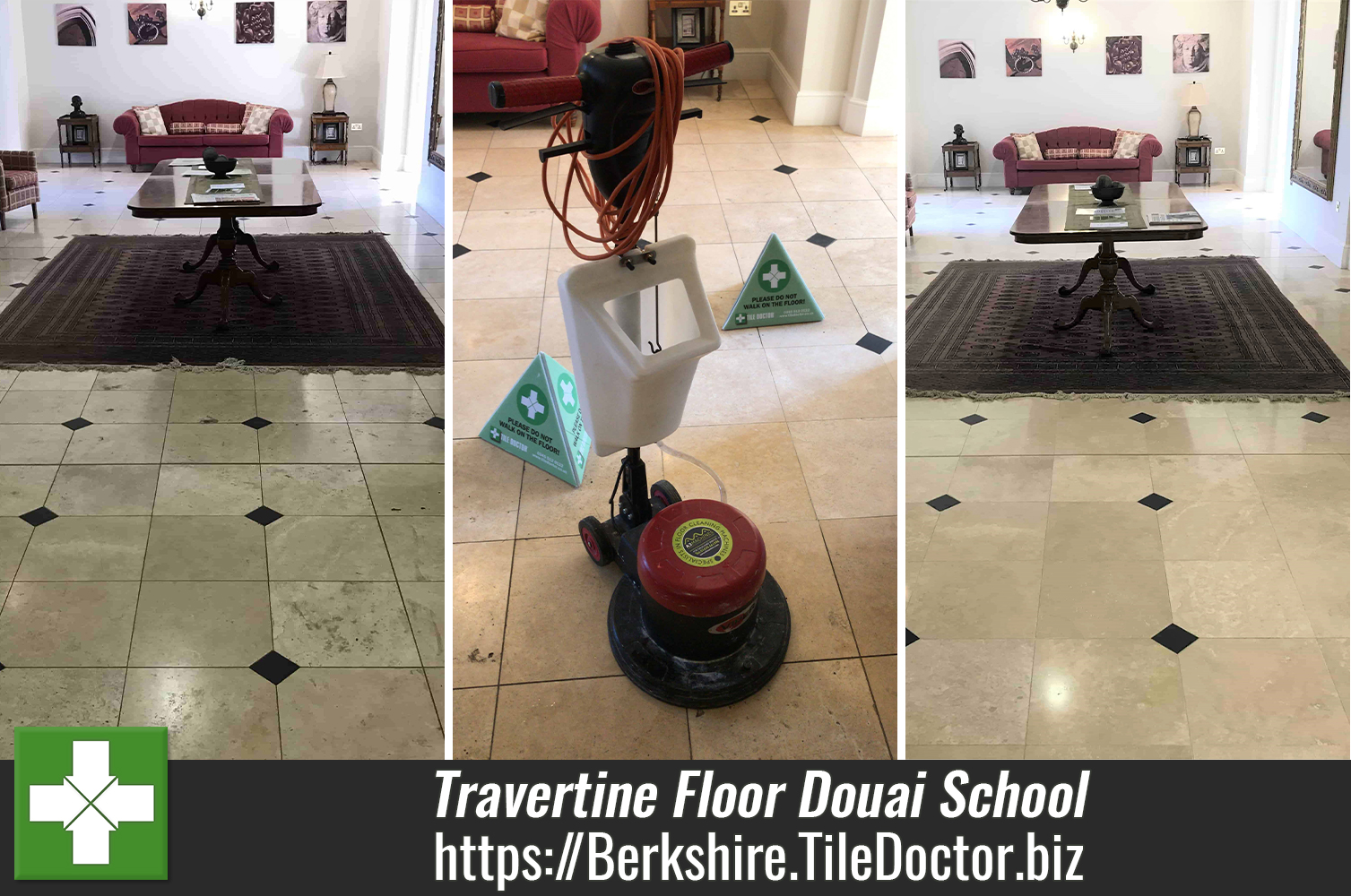Communal Travertine Floor Renovated at Douai School – Upper Woolhampton
This enquiry came from Douai School in Upper Woolhampton which is a listed building near Bucklebury that dates back to 1830. The building was converted in 2003 into a range of extremely individual and stylish apartments. Also nearby is Douai Abbey which is a monastery occupied by Benedictine Monks who used to run the school until it closed.
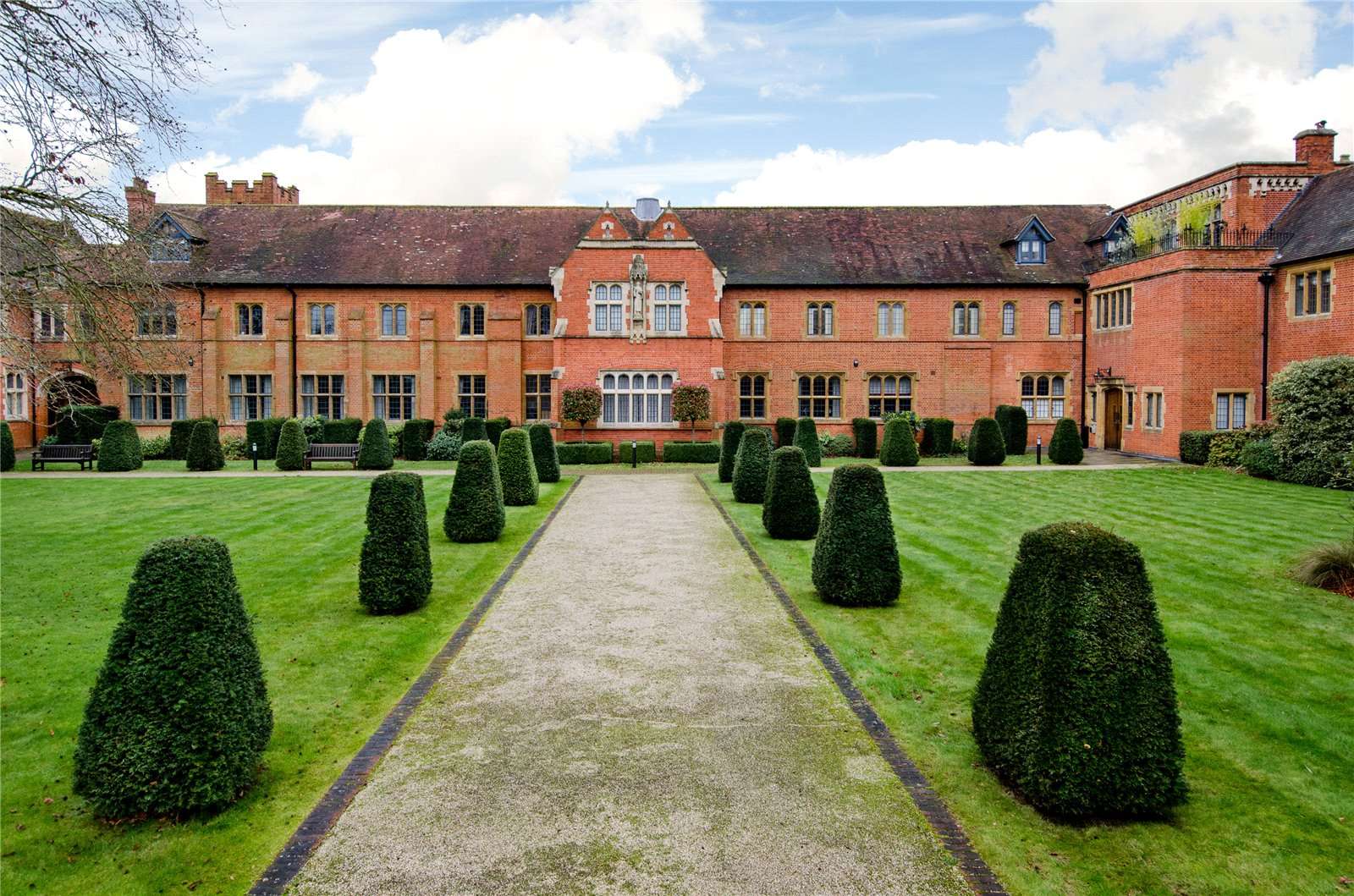
I was called in inspect the impressive entrance and foyer area and main building itself. During the refurbishment in 2003 the whole area was installed with Travertine tiles with small slate inserts. Once an impressive floor it had deteriorated over the past eighteen years and had never been professionally cleaned since installation. Not only had the floor collected years’ worth of dirt in the pores of the stone the natural holes that were filled in during manufacture had started to pop out leaving an unsightly appearance.
 |  |
After surveying the Travertine floor, I carried out a test clean on a small inconspicuous area to demonstrate what would be involved and to verify which method and products would be the most efficient choice. From this I was able to provide an accurate quote, which was accepted, and a date was soon booked to carry out the work.
 | 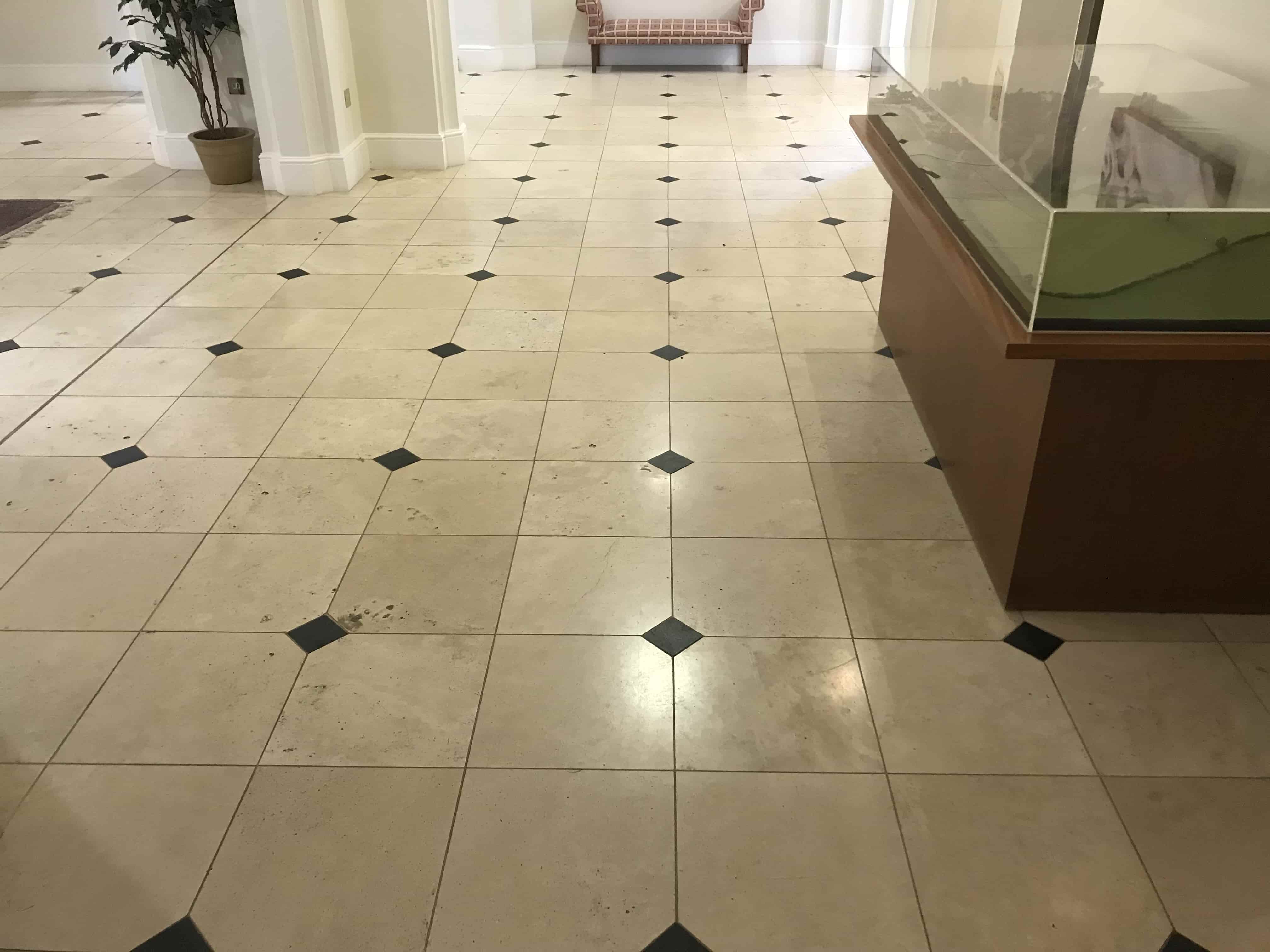 |
Cleaning and Polishing a Large Travertine Tiled Floor
Due to the size of the area, I allowed 7 working days it complete the floor, working in sections at a time. This allowed me to cordon off a safe working environment for myself without impacting the residents too much.
I started the cleaning process with the application of a strong dilution of Tile Doctor Pro-Clean which is an alkaline based tile cleaner that breaks down heavy soils and old sealers. It was important to ensure as much dirt was removed from the pores, pockets, and holes in the Travertine as possible. I left it to soak in and get to work breaking down the dirt for roughly ten minutes before scrubbing it in with a rotary floor scrubbing machine. The soil released during this process is then rinsed off with water and extracted with a wet vacuum. The section of flooring is then inspected, and the process repeated if needed, stubborn stains were be dealt with by spot treating. Once cleaned air driers where left in place to help speed up the drying process.
 |  |
The next task was to focus on filling the holes in the Travertine, I did this using an epoxy resin filler specifically designed to fill in stone. I used a combination of straw and light straw colours to compliment the different tones in the tiles. Once applied the product dries pretty fast however I like to leave a good hour before progressing onto the next stage of the refurbishment process.
Polishing Travertine Tiled Flooring
Now the area had been cleaned and filled my next task was to repolish the Travertine tiles that had lost its lustre over the years. Usually on sedimentary stone I would start with a 400-grit pad and work my way through the 4-stage burnishing system finishing on a 3000-grit. However, filling the holes leaves a residue on the tile which meant I needed to smooth back the surface first with a coarser 50, 100 and then 200-grit soft milling pads. This process generates a bit of soil which needs to be rinsed and extracted between each pad.
I continued with the restoration of the floor by moving onto the burnishing process using a further set of finer pads starting with 400-grit. The pads are applied to the floor as before with a heavy floor buffing machine using water to lubricate the process. The pad is run over each tile around three times and the fine slurry this process generates is rinsed off afterwards with water and then extracted with a wet vacuum. You then move onto the 800-grit and then 1500-grit slowly building back the appearance of the stone.
Sealing Travertine Tiled Flooring
As I worked in sections at a time, I was able to allow a full day drying prior to sealing. Happy with the appearance of the floor I opted to seal the floor with one thin coat of colour grow. I had a range of sealers to use however I felt the stone would benefit from the colour enhancement properties colour grow sealer provides.
 | 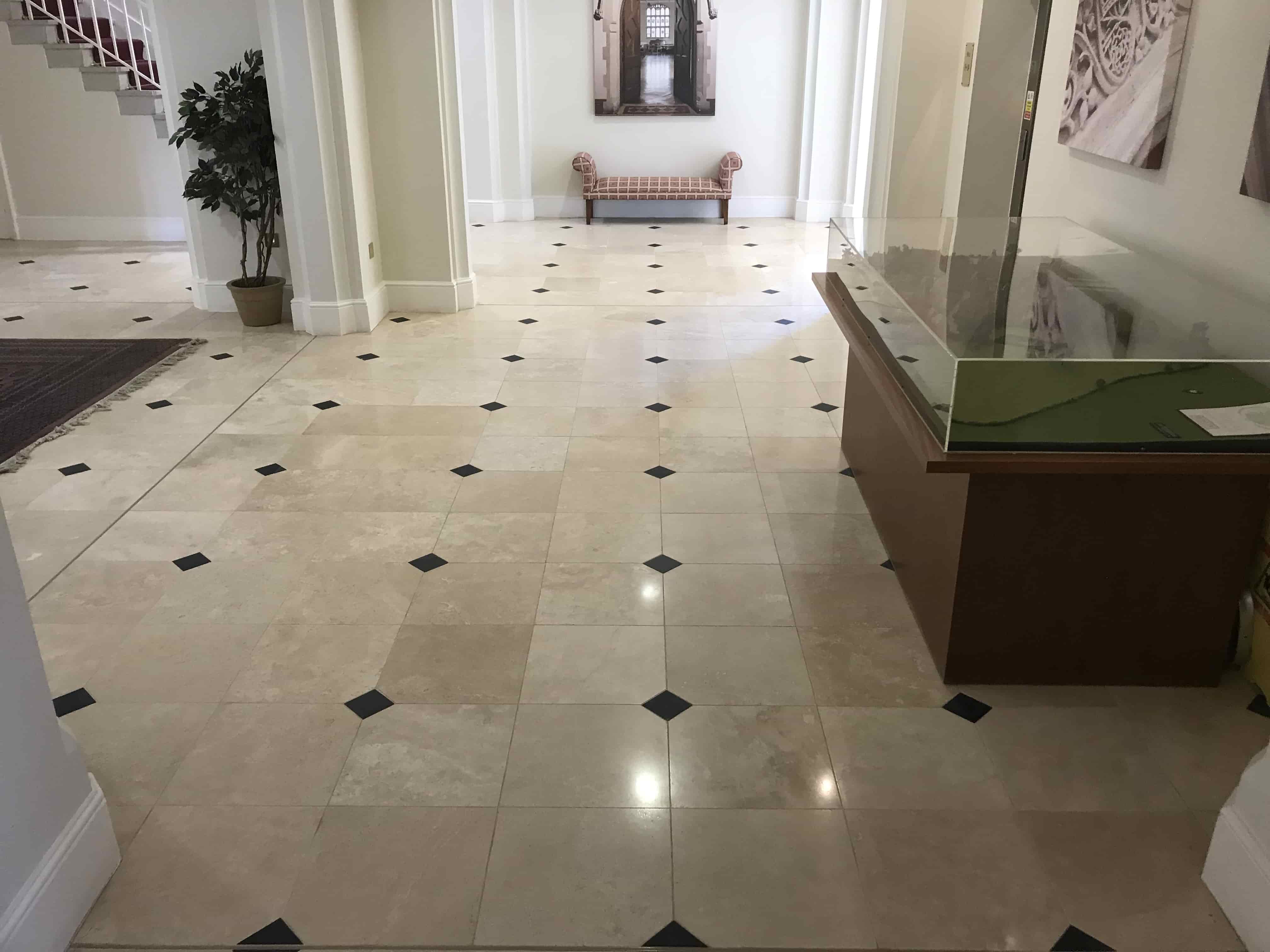 |
Because this was a communal space it was necessary to tape the area I was sealing off to ensure there was no foot traffic whilst it was drying. This process was repeated throughout the job and at any one time I would have several areas sectioned for cleaning, drying, polishing, or sealing.
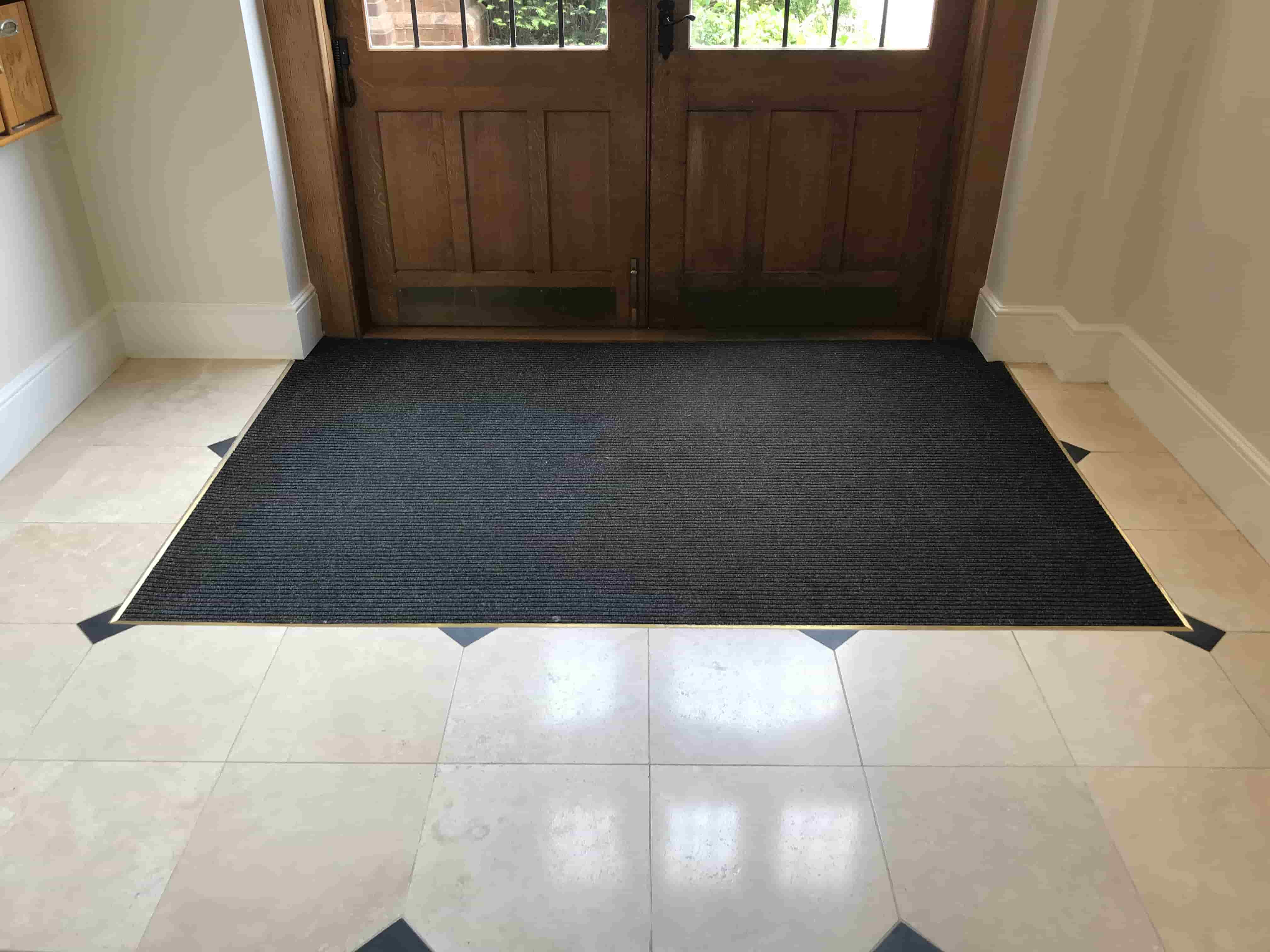 | 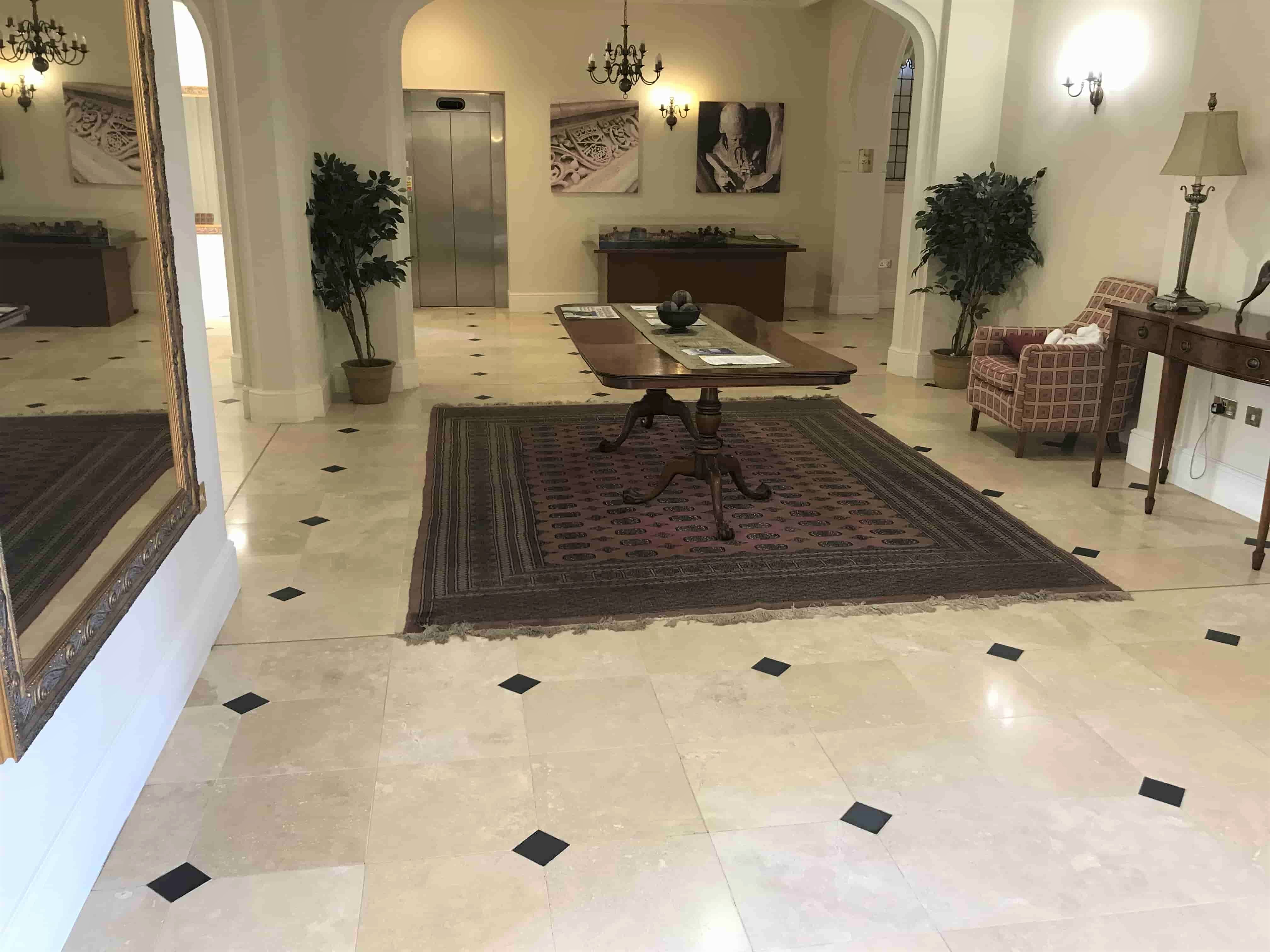 |
The staff, chairman and residents where over the moon with difference I was able to make. In fact, I have since been invited back to deep clean the chairman’s kitchen and do other jobs for three other residents as they were all installed with the same material. I should mention that for aftercare I leave a bottle of Tile Doctor Stone Soap for maintenance cleaning.
Source: Professional Renovation of a Polished Travertine Flooring in Berkshire
